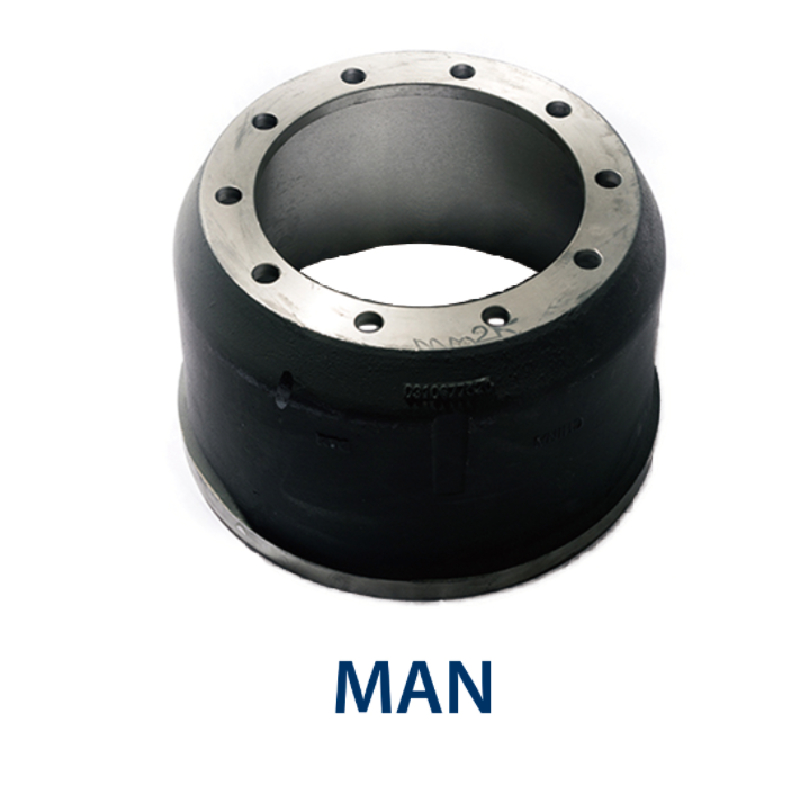Dec . 05, 2024 11:29 Back to list
how do brake drums work
How Brake Drums Work
Brake drums are an essential component of many vehicles’ braking systems, especially in older models and heavy-duty applications like trucks and buses. Understanding how brake drums work can provide valuable insights into the critical role they play in vehicle safety and performance.
What are Brake Drums?
A brake drum is a cylindrical component that houses the brake shoes. It is typically made from cast iron or aluminum due to these materials' excellent heat dissipation properties and strength. Brake drums are part of the drum brake system, which uses friction to slow down or stop a vehicle. They are most commonly found in the rear braking systems of passenger cars, as well as in all four wheel positions of some trucks and larger vehicles.
How Drum Brakes Operate
The operation of brake drums involves several key components the brake drum itself, brake shoes, a wheel cylinder, and a hydraulic brake system. When the driver presses the brake pedal, hydraulic fluid is forced through the brake lines to the wheel cylinders located at each wheel.
1. Hydraulic Activation When the driver applies the brakes, the brake pedal pushes fluid from the master cylinder through the brake lines. This fluid enters the wheel cylinder, which is located inside the brake assembly.
2. Movement of Brake Shoes The wheel cylinder consists of one or two pistons that push the brake shoes outward against the inner surface of the brake drum. This is crucial, as the shoes are lined with friction material that grips the drum's surface.
3. Friction Generation As the brake shoes press against the brake drum, friction is generated between the two surfaces. This friction converts kinetic energy into thermal energy, thus slowing down the drum’s rotation and ultimately stopping the wheel.
4. Heat Dissipation While braking, the friction generates heat which is dissipated through the brake drum. The design of the drum allows it to release heat quickly, which is essential for maintaining effective braking performance and preventing brake fade, a condition that occurs when brakes overheat and lose their effectiveness.
how do brake drums work

5. Return Mechanism After the driver releases the brake pedal, the hydraulic pressure in the wheel cylinder decreases, allowing springs attached to the brake shoes to pull them back away from the drum. This return mechanism prevents the shoes from dragging against the drum when not engaged, allowing for smoother driving and reduced wear.
Advantages of Drum Brakes
Brake drums offer several advantages, particularly for heavy-duty vehicles
- Strength and Durability Drum brakes are robust and can handle substantial loads and high levels of stress, making them suitable for larger vehicles. - Cost-Effectiveness Drum brakes tend to be less expensive to manufacture compared to disc brakes, which is why they are still used in many budget-friendly or utility-focused designs. - Self-Energization Drum brakes can utilize a self-energizing effect, where the wheel’s rotation helps pull the brake shoes tighter against the drum during braking, increasing braking power with less pedal effort.
Disadvantages of Drum Brakes
Despite their strengths, brake drums also have disadvantages
- Heat Dissipation While they do dissipate heat well, drum brakes can overheat more quickly than disc brakes under heavy use, leading to brake fade. - Less Efficient in Wet Conditions Drum brakes are often less effective in wet conditions because water can get trapped inside the drum, reducing friction and braking performance. - Maintenance Complexity Drum brakes typically require more intricate maintenance compared to disc brakes. Adjustments and replacement of parts like the brake shoes can be more complicated.
Conclusion
In summary, brake drums play a crucial role in vehicle braking systems, especially in heavy-duty applications. Understanding how they work—from hydraulic activation to friction generation and heat dissipation—can help vehicular stakeholders appreciate their significance in safety and performance. While they have certain advantages, it's also important to be cognizant of their limitations, encouraging ongoing innovation in braking technology to meet evolving safety standards and performance needs.
-
ROR Web Development: Build Fast, Scalable, Secure Apps
NewsAug.17,2025
-
Scania Brake Drums: OEM Quality for Optimal Safety & Durability
NewsAug.16,2025
-
R.V.I: Advanced Remote Visual Inspection for Precision
NewsAug.15,2025
-
Discover HYUNDA: Innovative Vehicles, Equipment & Solutions
NewsAug.14,2025
-
R.V.I: Unlock Advanced Insights & Real-time Performance
NewsAug.13,2025
-
Kamaz Brake Drum: Durable & Reliable for Heavy Duty Trucks
NewsAug.12,2025
